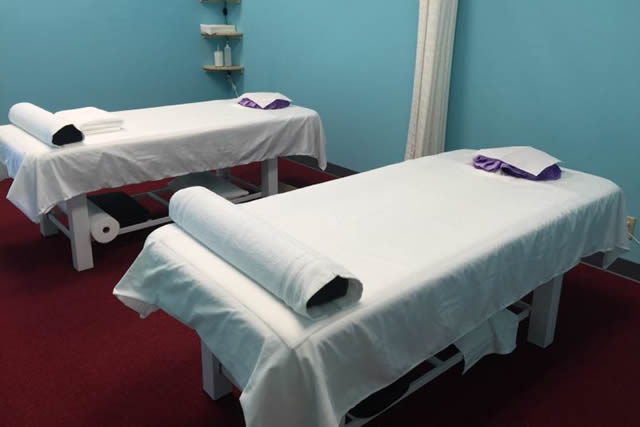
Sports massage is the name of an specialized massage technique designed to ease pain from injuries and to repair or prevent damage to equipment used in sports or the human body. Many athletes benefit from this type of massage in their post-workout routine. There are a variety of massage therapy techniques utilized for sports massage. 쌍문동출장 To reap the most benefits from this kind of massage, it is essential to be aware of how to execute the techniques correctly.
Trigger Points Massage: This is one of the most common techniques of massage used by massage therapists. It is very effective for improving circulation and easing pain. The massage therapist can use slow gentle strokes that go deeply into different parts of the body of the client. Trigger points, tiny knots of tissue located near major muscle groups, could be activated by repetitive movements or as a result of a sudden stress or trauma. Trigger points are activated when muscles are tight or inactive. Trigger points can be quickly and efficiently let go by a targeted massage.
Deep Tissue Massage: Sports massage therapy is often described as deep tissue massage. It is sometimes referred to as Swedish massage since the strokes used to massage are similar to those used in Swedish massage. But, they are generally done by professional therapists who have been skilled in applying and managing deep pressure. Professional sports massage therapists are able of applying pressures deep and managing them with minimal risk to clients. Deep tissue massages are effective at reducing swelling and protecting the athlete’s muscles as well as ligaments, tendons as well as other tissues.
Kneading: Some people are simply not comfortable with kneading. If you are one of those who do not feel comfortable, you might be interested in a sport massage with kneading as an option. Neutering or kneading is a method of rubbing the muscles with a an easy circular motion to relieve tension in the connective tissue. This helps to relieve tightness without rubbing the tissues or applying pressure. Kneading provides a relaxing effect and is beneficial for people suffering from chronic pain.
Massage therapy can also ease pain and prevent injuries during physical exercise. When lifting weights, an athlete is more prone to injury if he’s not relaxed and connected with his core. Through sports massage an athlete can relax the tension from his muscles and increase his flexibility. This allows an athlete to move more freely and decrease the risk of injury. Massage also helps reduce the time it takes for athletes to heal from an injury.
Relaxation: Not all massages can have a physiological impact. The physiological benefits of massage are closely related to the psychological benefits. Massage has been shown to ease mental stress and encourage deeper relaxation. Massage can make athletes feel calmer and more relaxed. Massage can also enhance the performance of an athlete.
Improved flexibility: As the physiological effect of massage continues to be researched and discussed researchers are finding new ways to enhance the physiological effect. One example is that massage can increase the production of collagen in the muscles. Collagen is the key ingredient in the strength and suppleness of skin. Massage releases enzymes and chemicals that dissolve adhesions. These are the glues that hold muscles together. These additional ingredients help ensure that the skin can produce elastic. This results in less soreness and a more lasting effect.
All of these physical effects make massage a type of unnecessary stretching. More owners and coaches are beginning to integrate massage into their athletes’ routines as they become more aware of the effects it has on the body. It is essential that athletes develop and maintain good body mechanics, however with the added benefits of therapeutic massage, athletes are better equipped to avoid injuries that could have been prevented.